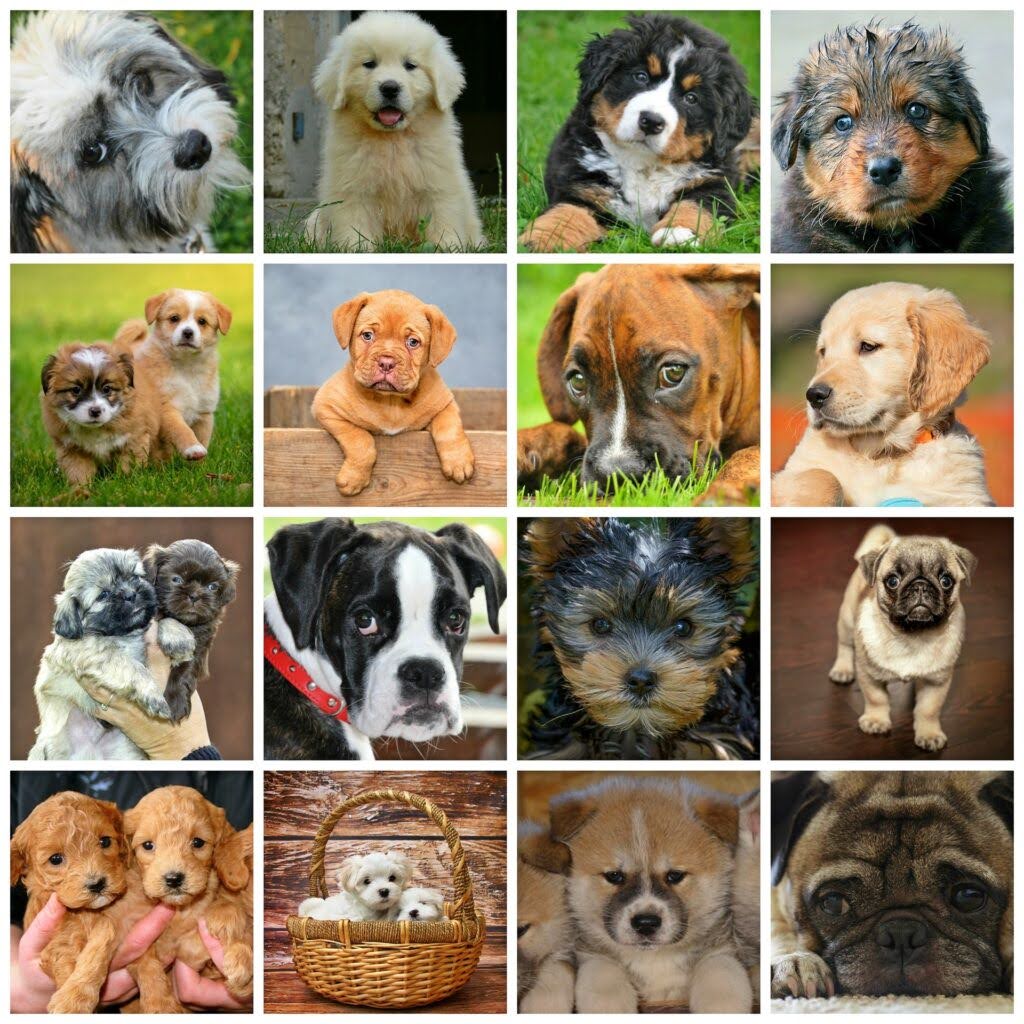Dogs are among the most diverse species on the planet, usually differing in body-size and appearance. Sometimes it can be hard to imagine how small breeds like Chihuahuas and large breeds like the English Mastiff belong to the same species.
With so much diversity, many often ask “how many dog breeds are there?” Read on to discover how many dog breeds exist, and how they’re established.
How Dog Breeds are Established
While not easy to establish a dog breed, anyone has the potential to aid in the creation of a new breed, provided it achieves enough desired traits that display uniqueness. It can also take about three or more generations before the new breed is considered viable.
Moreover, the American Kennel Club requires the particular dog type to have a sizable population and national interest before it’s counted as a new breed.
How Many Dog Breeds Are There in the World?
According to the Federation Cynologique Internationale (FCI), there are over 350 dog breeds in the world. However, out of those breeds, the American Kennel Club recognizes only 197.
Here are the main classifications of dog breeds known throughout the world:
Sporting
Sporting dog breeds are generally intelligent, active, and alert. They were first developed for purposes of hunting, locating/retrieving quarries, and providing companionship to hunters. Dogs under this category are divided into four basic types; setters, pointers, retrievers, and spaniels.
Sporting dog breeds include English setters, German Shorthaired pointer, Chesapeake Bay retriever, Brittany spaniel, and many others.
Hound
Dogs in this classification possess ancestral traits that are very useful to hunters. Scent hounds, for instance, can precisely track down what they are looking for using scent.
Other characteristics among this classification include stamina to run tirelessly, and exceptional speed while hunting. Examples of hounds include the Norwegian Elkhounds, Pharaoh Hounds, and the Beagles.
Terrier
Terrier dogs are generally short-legged, but yet very energetic and aggressive. The original breeds were developed for hunting, killing vermin, and for purposes of guarding the home. They can also be kept as pets but are sometimes very stubborn.
Breeds in this classification include the American Hairless Terrier, Australian Terrier, Border Terrier, and Norfolk Terriers.
Herding
Herding dogs share a very distinctive ability to control herd movements. At the time of their development, these dogs were intended to protect and gather livestock. Nowadays, they are used in police work, and some are kept as pets.
The Australian Cattle Dog, Beauceron, and German Shepherd are good examples of the herding dog breeds.
Working
Just like their name suggests, working breeds help man in jobs like guarding property, and pulling sleds. Working breeds can make great companions for us “hoomans.” Dog breeds that fall under this classification include the Alaskan Malamute, Bernese Mountain Dog, and the Anatolian Shepherd
Non-sporting
Non-sporting dogs were bred for different uses like herding, companionship, affectionate lap dogs, and guard dogs. Moreover, they have varying physical appearances, personalities, and sizes. Examples include the Dalmatian, chow chow, and poodle.
Toy
Toy breeds, common in urban dwellers, are very sociable, admirable, and very protective. These dogs are generally tiny and weigh less than 10 pounds. The Pug, Yorkshire, Affenpinscher, and Toy Fox Terrier are a few examples in this classification.
Dog owners have been breeding dogs since early times, and new breeds are coming up regularly. This is why there are many dog breeds in the world today, and ultimately, why there’s always more showing up. Some breeds are recognized worldwide, while others are still in the recognition process.
Now that you know all about dog breeds, read some of our other great articles we know you’ll LOVE, by clicking here for more!



